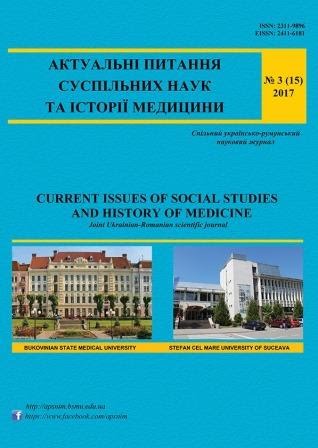ЄВРОПЕЙСЬКИЙ КАРНАВАЛ: ТРАДИЦІЇ І СУЧАСНІСТЬ
EUROPEAN CARNIVAL: TRADITIONS AND NOWADAYS
Author(s): Oleksandr KurochkinSubject(s): Theatre, Dance, Performing Arts, Customs / Folklore, Cultural Anthropology / Ethnology
Published by: Видавництво ВДНЗ України « Буковинський державний медичний університет »
Keywords: carnival; Shrovetide; holiday; tradition; mask; carnival inversion; ambivalent laughter;
Summary/Abstract: The problems of functioning of carnival traditions in the countries of Western Europe are examined in the given article. The ancient holidays of Dionysius and Saturnalia are the genetic ancestors, these were the periods when golden age seemed to be approaching the earth – the kingdom of universal equality and freedom. The carnival became a mass folk holiday with street processions, games, and theatrical performances in masks in the Middle Ages due to the development of European self-governing cities and the formation of the bourgeois class. Carnival theory is a field of active scientific discussion. While criticizing the vulnerable aspects of the carnival concept of M. Bakhtin, a representative of the international scientific community, they recognize the priority of the component structure of the public square laughter culture revealed by him. Inversion is the main idea of carnival illustrates change of the age, gender, social status of the participants of the festive event. One might receive a comprehensive knowledge of the international fund of carnival forms while analyzing its national variants. Taking this into account, the researcher might reveal the genesis and historical transformation of the most popular European carnivals, which are regularly performed in such cities as Venice, Cologne, Bensch, London. The European Carnival is the antithesis of a totalitarian holiday, which is characterized by excessive seriousness, false pathos, a stereotypical set of ideological slogans and clichés. The experience of organizing carnival entertainment is interesting as an example of democratic festive communication, a bright artistic and aesthetic phenomenon, an example of successful self-organization of local communities.
Journal: Актуальні питання суспільних наук та історії медицини
- Issue Year: 2021
- Issue No: 2
- Page Range: 73-77
- Page Count: 5
- Language: Ukrainian

